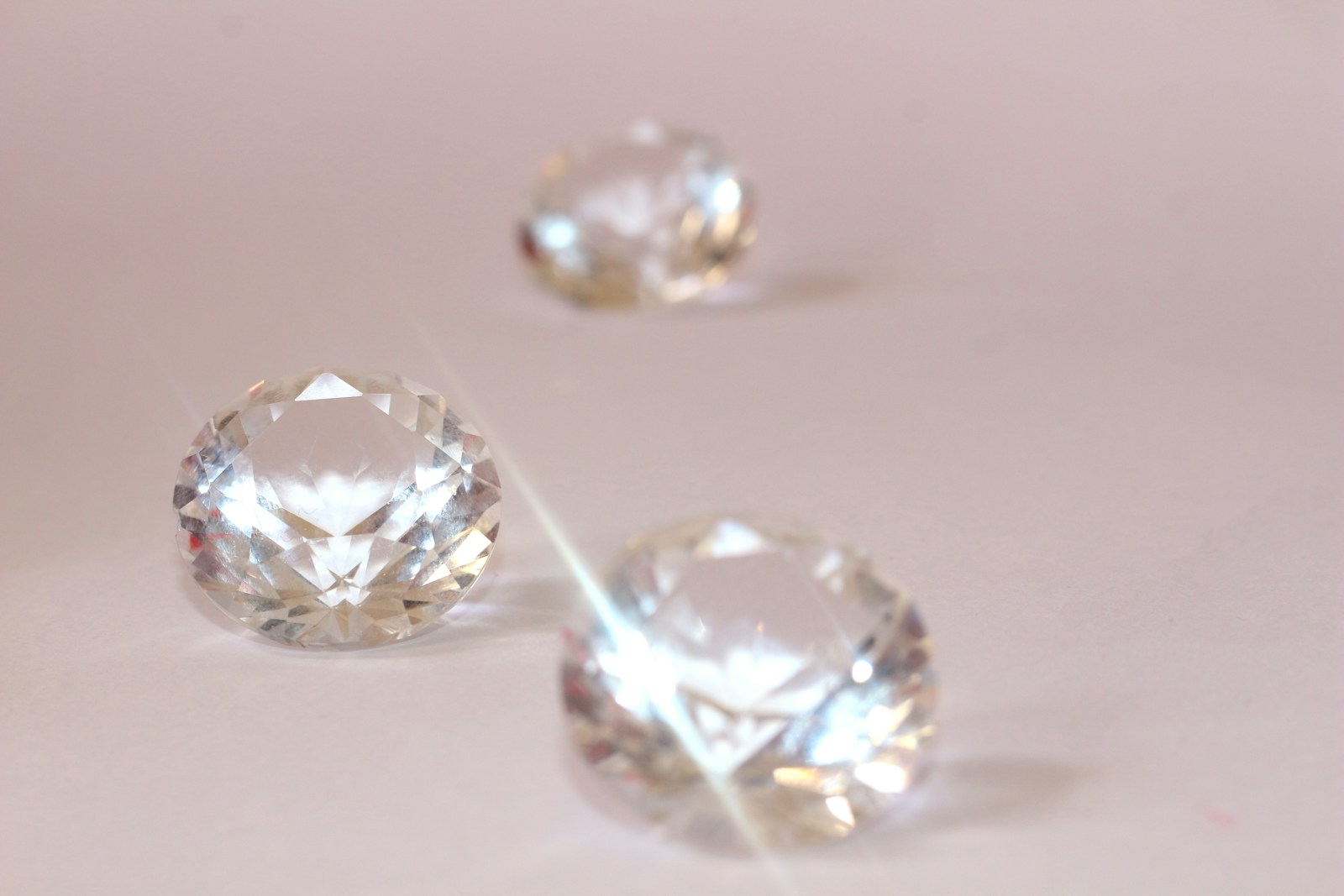The sparkling allure of diamonds has captured human fascination for centuries. However, as our understanding of ethics and environmental conservation grows, the jewelry industry faces an evolving dilemma. Consumers are now looking beyond the glitter, asking more profound questions about where these gems come from and how they impact the world.
This has led to a shift in perspective, where the ethical implications of mined versus lab-grown diamonds take center stage. For many, choosing the perfect diamond isn’t just about beauty or price but also about aligning with personal values. You can explore more about different types of diamonds and their significance here. This article will delve into the debate between mined and lab-grown diamonds, exploring their ethical considerations and potential roles in jewelry’s future.
The Allure and Cost of Mined Diamonds
Minted diamonds have been associated with royalty, glamour, and class for many years. Their formation billions of years deep beneath the earth’s surface makes them unique, and they have been associated with both status and affection across cultures. However, a closer look at the shine of these metals unveils a host of ethical issues that have elicited concern in the last decades.
The first main concern with mined diamonds is environmental concern. Mining diamonds requires a lot of work and eventually entails the destruction of the terrain, vegetation cover removal, and interference with natural ecosystems. Open-pit mining is primarily known for large-scale land disturbances that disrupt animal and plant life. Thirdly, mining activities require a lot of water and energy, leading to environmental deterioration. Mining activities also bring about carbon emissions through heavy machinery, transport, and processing.
However, it is essential not to overlook the human factor in diamond mining and environmental degradation. In some areas where the diamonds are mined, reports have indicated dangerous working conditions, the use of child labor, and conflict. The term blood diamonds was used to refer to diamonds used to finance wars and other human rights violations. Today, there are still cases of illegitimate mining and improper business practices, setting a dark background for natural diamonds with international systems such as the Kimberley Process.
Such ethical issues have made consumers consider the actual cost of mined diamonds, forcing them to look for other ethical alternatives.
The Rise of Lab-Grown Diamonds
Synthetic diamonds are relatively new in the market and have quickly become recognized as an eco-friendly solution to mined diamonds. They are cultivated in high-technology laboratories imitating the natural conditions under which the diamond formation occurred, and they are chemically, physically, and optically indistinguishable from those mined. However, the process takes weeks, not billions of years, making them wonders of the world and human intelligence.
The first and foremost of the ethical benefits of synthetically cultivated diamonds is the lack of harm done to the environment. Lab-grown diamonds do not require digging up the land, cutting down trees, or disturbing wildlife habitats, as with conventional mining. It also uses much less water and energy; innovations in renewable energy sources have made lab-grown diamonds even greener. This change of trends in production has made lab-grown diamonds popular among those who are environmentally conscious and still desire to own diamonds.
Additionally, the establishment of cultured diamonds does not have some human rights problems associated with mining. No child labor, unsafe workplace, or conflict support are involved in the business. In so doing, people can opt for lab-grown diamonds and contribute positively to a sustainable jewelry sector that embraces technology and excludes brutality.
That said, several critics still wonder if lab-created diamonds can ever attain the value that consumers of mined diamonds perceive. Although they are as beautiful as naturally formed diamonds to the unaided eye, some people consider them less authentic because they are grown in a lab. This perspective, however, is gradually changing as more customers are now willing to pay for ethical and sustainable products rather than the conventional mined gems.
The Future of the Jewelry Industry: A Shift in Perspective
Another factor that suggests a radical shift in the jewelry industry’s future is a change in values among consumers. With the increase in knowledge of the environmental and ethical issues connected to mined diamonds, there is a corresponding increase in the desire for better options. Among these options, lab-grown diamonds are at the forefront of this change as the product fits the modern world’s values of sustainability, openness, and ethical practices.
But this does not mean that mined diamonds will never be seen again. Consumers still appreciate owning a natural gemstone that has taken billions of years to form, and the natural diamond industry is still responding to issues of concern. A few of these corporations have acted to enhance the protection of their workers and labor standards, guarantee fair trade, and reduce the negative impact on the environment. This may ensure that mined diamonds remain marketable for those who still want to buy conventional stones while putting pressure on producers to improve their operations’ morality.
Therefore, the conflict between mined and lab-grown diamonds shows a shift towards responsible consumption within the jewelry sector. This means that as consumers become more conscientious, the sales of laboratory-grown diamonds will also likely increase. However, tradition and the natural scarcity of mined diamonds will always guarantee their place in the market. Whether one prefers the tradition of using natural diamonds or the purity of cultured ones, the future of jewelry looks more enlightened.

